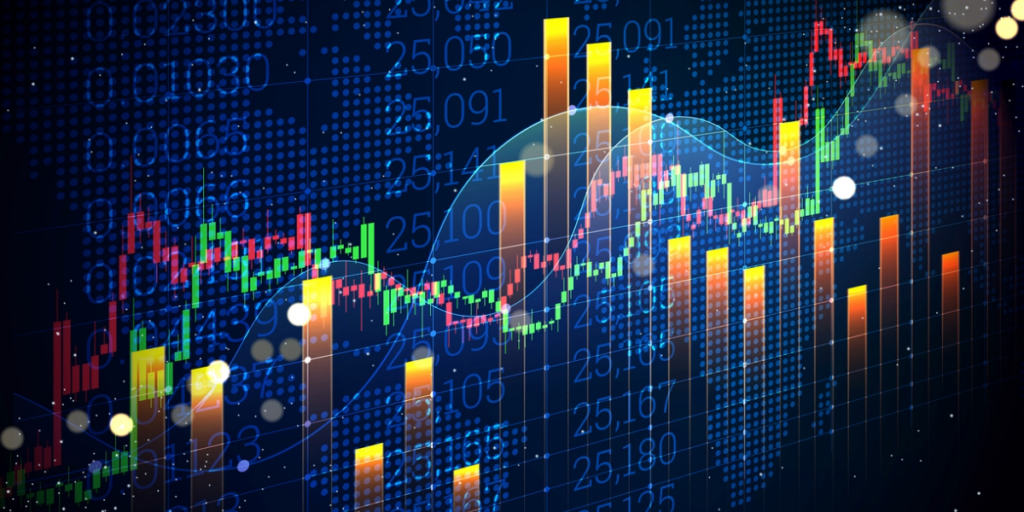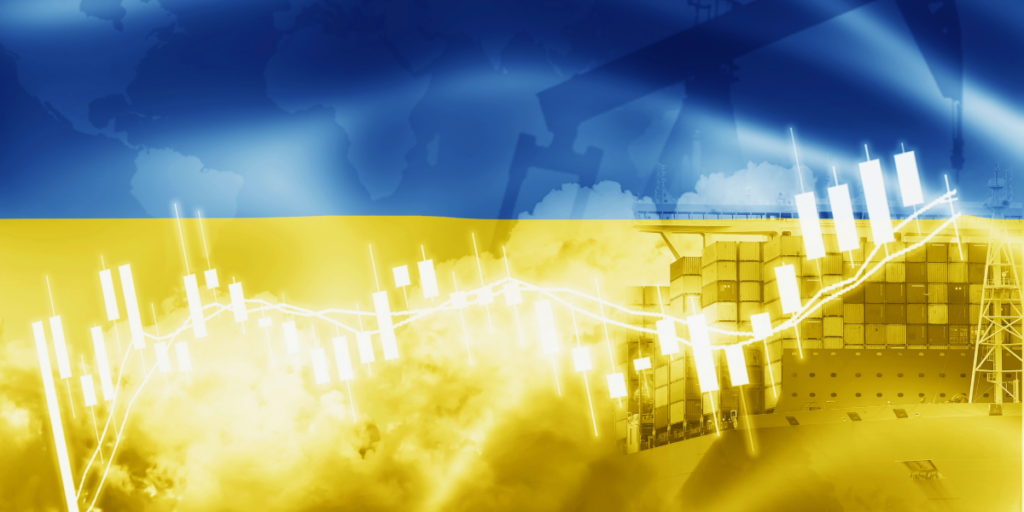Inflation has been non-existent for a while now; At least measured by the government. The Labor Department just reported that consumer prices rose 0.2% last month. That’s a 1.2% increase from last year. When you exclude food and energy prices, which is what core inflation measures, it’s up 1.6% on the year. That is still well below the 2% target the Fed has been fixated on for years. The lack of inflation has puzzled central bankers. The Fed meets next week and will provide a lens to their plans for 2021.
Wait, don’t leave! I know inflation isn’t the most interesting subject, but I think I will hold your attention in this piece.
The primary reason this year-over-year inflation is so low is due to the collapse of prices in the Spring, when the pandemic struck the US. But that might prove transitory. In 4 months, that shock will start reaching its first anniversary. The year-over-year comparisons will come from washed out levels. If the next 6 months see prices rise by just half as much as they did in November, the headline inflation would be up 2.6% on the year by May, with core prices up 2.3%.
The Market seems to be sniffing out some of these inflationary pressures. Interest rates have moved higher, while commodities and Bank stocks have rallied too. But the 10-Year Treasury yield bounced off 1% like a rubber ball on a brick wall. It looks like it’s not ready for a breakout yet, though higher lows are likely. A full-on, sustainable economic recovery seems a little further out. Virus cases are spiking and a widespread vaccine is still months away. The next couple of months look choppy to us. Prices will most likely pick-up in the Spring and Summer, pending a firmer recovery tries to escape the depths of Covid.
Even if that 2% rate of inflation gets triggered, the Fed is more than likely to stand pat with zero rates. Its articulated plan calls for a convincing move higher for inflation before it does anything. The Fed seems more than willing to let the US Economy run hot before it feels the need to cool it down. Its primary concern is still another economic slowdown. The fragility of the American Economy is still a question, but the Market suggests otherwise.
You know where else there’s inflation and deflation? Avocados. Mexico is the top exporter of the green fruit, by far, accounting for 1/3 of total global production. California is a big producer too, as is Chile. But countries like Peru and Colombia have grown their own avocado growing operations rapidly, joining the crowd to satisfy global demand. Peru is now number 2 in the world.
The demand increase is being led by Europe, which is expected to consume 1.1 Million tons of avocados this year. That’s a huge jump from the 650,000 tons swallowed in 2018. American consumption has doubled in a decade. During the decade of the 1990s, consumption was relatively flat. But since then, consumption has increased 350% since 2000. Millennials and their kids are eating avocados in more ways and at more times of the day than ever before, which is also catapulting the global hunt for more supply. For perspective, Mexico produces over 2 Million tons of avocados each year. The United States produces less than 170K tons, and 80% of it comes from California. Mexico began exporting fresh Hass avocados to the US in 1997. The entire US market wasn’t open to Mexican avocados until 2007. Did you know that?
The avocado has been inflationary and deflationary. The laws of supply & demand are very much in play. The increase in supply should naturally send prices lower. But last year saw a supply disruption, which sent prices to record highs. They jumped over 100%. A single avocado cost over $2! You probably noticed it at the store. Improved output in Mexico and California has helped bring prices down from their peaks. That’s been deflationary.
Avocados are a social food. Guacamole seems to be found most often in crowds. Superbowl Sunday is the busiest day of the calendar year for the avocado. It’s a standard at Superbowl parties. Cinco de Mayo is a close second. The Fed probably doesn’t have the avocado in its inflation models, but it might consider it. As the American Economy continues to recover, we expect the price of avocados to increase too. Let’s call it the Avocado indicator. We plan to watch it as one of many signals we use for sustainable growth.
Avocados seem to make everything more fun. Hopefully that includes this Friday write-up on the seemingly boring subject of inflation.
Have a nice weekend. We’ll be back, dark and early on Monday.
Mike






